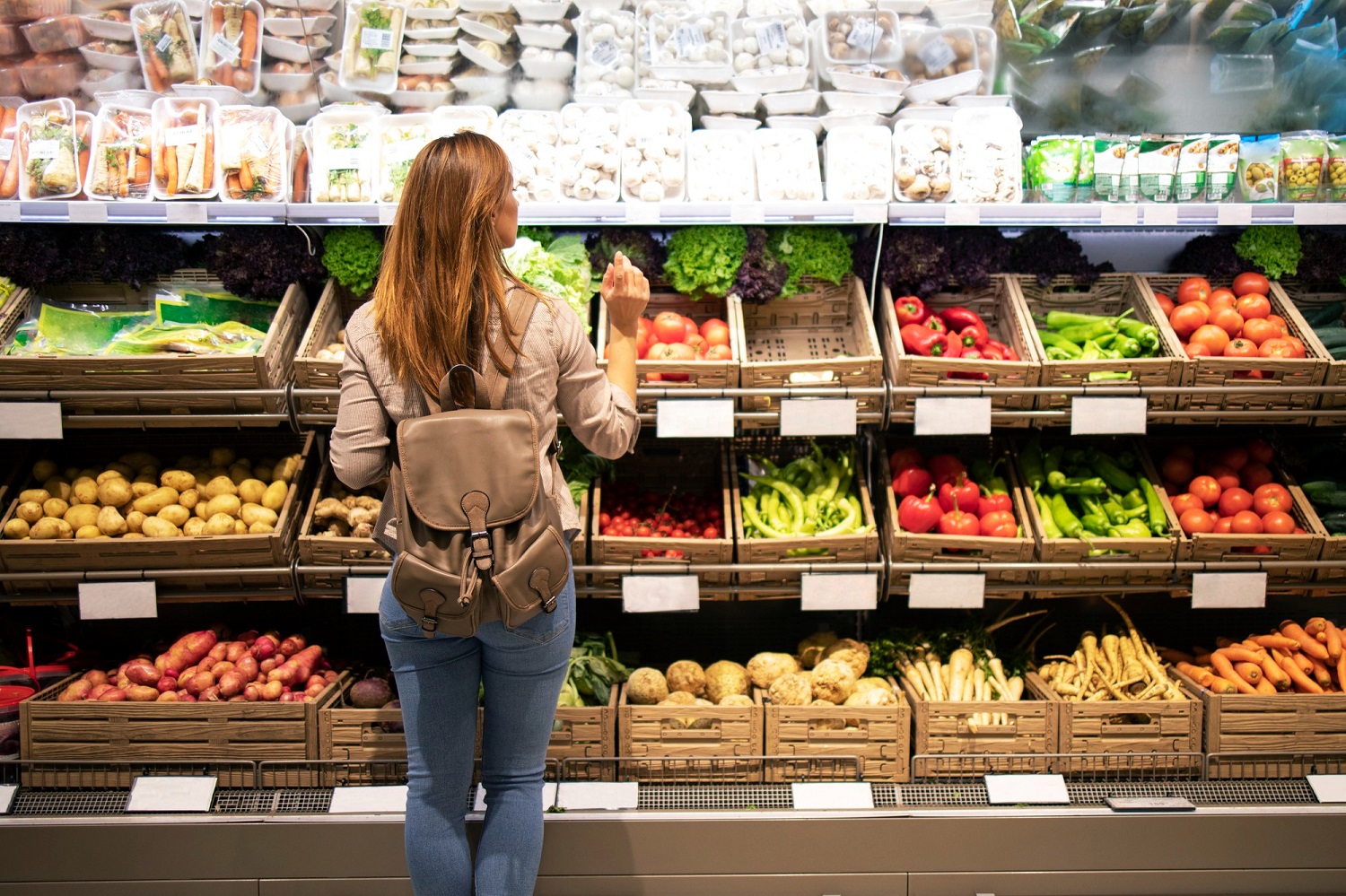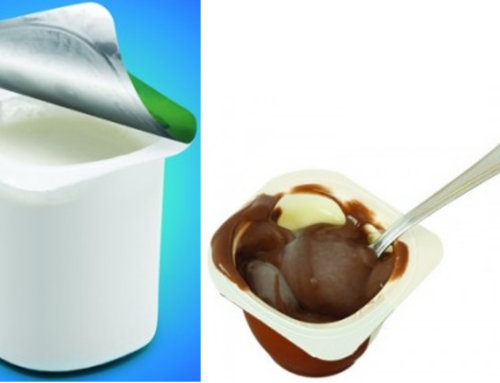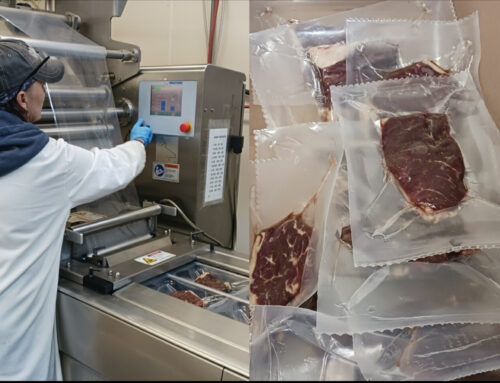Previous research has shown that consumers prefer and are willing to pay a premium for locally and domestically produced food products. Experimental valuation markets can be used to elicit willingness to pay (WTP) price premiums for products with close substitutes in the outside market. The WTP is defined as the maximum quantity of money that a consumer is willing to pay for a certain quantity of a product.
Given the fact there is lack of studies that have used experiments with real economic incentives to investigate consumers’ WTP for domestic agricultural products Tomić and Alfnes (2017) investigate WTP for two food products using a research design with real economic incentives.
Tomić and Alfnes (2017) selected two products (wine and potato chips) based on (1) availability of both domestic and imported products in ordinary stores, (2) products bought by a large share of the population on a regular basis, and (3) degree of product involvement. Both domestic and imported wines as well as potato chips are available in most Croatian grocery stores, and a large share of the population consumes both wine and potato chips. Wine was selected as a high-involvement product (based on previous research) and potato chips as low-involvement (based on survey with 33 respondents) product.
We selected domestic and imported wines with the same package size, grape variety, and colour. The wine bottles were wrapped in white paper to cover any information about the producer. Similarly, we selected domestic and imported potato chip products with the same package size and taste and covered them in white paper to hide the name of the producer. Because the products were packed in white paper, participants had no information about the products other than size and origin (domestic and foreign).
The participants were endowed with an imported product (wine or potato chips) and asked to make choices where they had the opportunity to pay to change to a domestic product. The price lists had six levels from zero to HRK 25 for wine and HRK 6 for chips. The highest price premiums were higher than the typical price of these products in a store. The wine participants were offered a free bottle (0.75 liters) of foreign wine and HRK 20 (€2.60) to take part in the experiment, while the chips participants were offered a free package of foreign potato chips (100 g) and HRK 5 (€0.65) to take part.
Participants were told that they would make a series of choices between products and that they would have to pay for any purchases made. The researchers explained that the cash they received at the start of the experiment could be used as payment in the experiment or would otherwise be theirs to keep. In cases where the prices exceeded the endowed cash amount, participants were informed that they would be required to pay the additional amount out of pocket.. After the participants had made their choices on the price list, each participant threw a die to indicate which of the six prices on the price list should be the binding price. If they threw a four for the wine experiment, HRK 15 would be the price to change to the domestic wine. If they stated that they did not want to change to the domestic wine at that price, they would keep the imported wine and pay nothing. If they had indicated that they would change to domestic wine at that price, they would exchange their imported wine for the domestic wine and pay HRK 15.
The face-to-face survey and experiment were conducted at the entrance of two supermarkets—one foreign chain and one domestic—in Zagreb, Croatia from September to October 2015. Every third customer was recruit for the survey, and every fourth survey respondent was asked to take part in the experiment. The experiment was completed by a sample of 166 Croatian shoppers aged over 18. Only wine and chip buyers were asked to complete the questionnaire.
The WTP data collected through the experiment were analysed using STATA software. The analysis follows the common practice used in multiple price list studies of using an interval regression model (the exact WTP is not known, but only an interval around the WTP).
Results showed that almost 99% of the respondents chose Croatian wine when the price for a change from imported to domestic wine was HRK 0. However, increasing the price for changing to domestic wine decreased the willingness to buy domestic wine. At price premiums of HRK 5 and 10 for domestic wine, the majority still preferred domestic wine. At the three highest price points, HRK 15, 20 and 25, the majority of respondents wanted to keep the foreign wine. Furthermore, over 90% of respondents chose domestic chips over the imported variety when the price of changing from imported to domestic was HRK 0. With price premiums of HRK 1 and 2 for domestic potato chips, the majority still preferred domestic potato chips. However, at the four highest price points of HRK 3, 4, 5, and 6, a majority of the respondents chose to keep the imported potato chips.
The current study shows that most Croatian consumers prefer domestic food products (both, low and high involvement) when the price of domestic and foreign products is the same. Furthermore, Croatian consumers are willing to pay a premium for products of domestic origin, but they are quite price sensitive, and the premium should not be set too high. This indicates that it can be difficult to obtain a high price premium for a domestic product, but that it is possible to secure a large market share if prices for domestic products are in the same price range as an imported product.
Reference
Tomić, M., Alfnes, F. (2018). Effect of normative and affective aspects on willingness to pay for domestic food products—A multiple price list experiment. Journal of Food Products Marketing, 24(6), 681-696.






